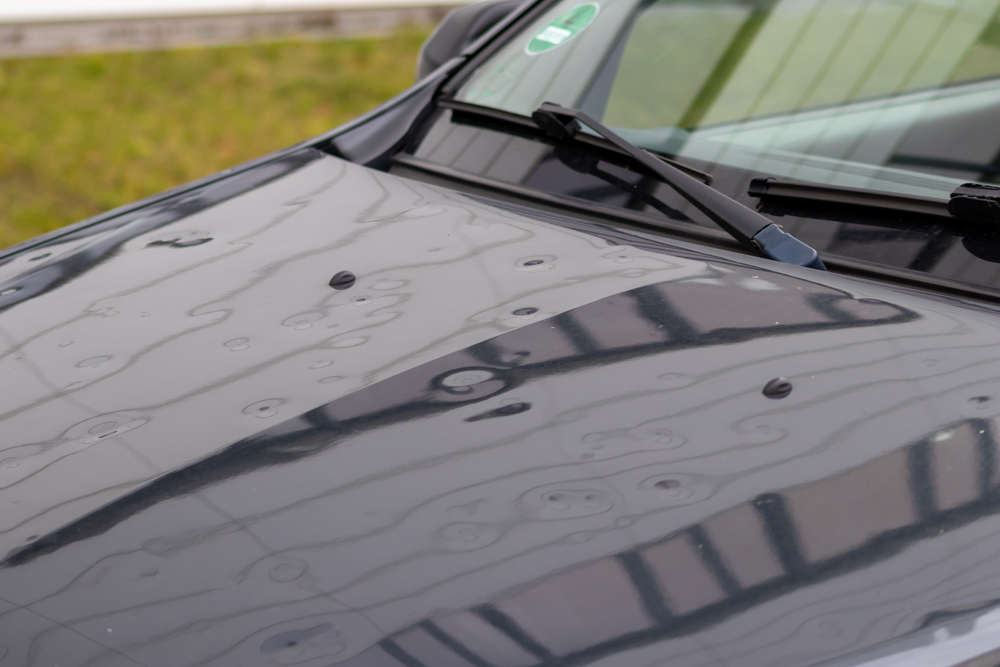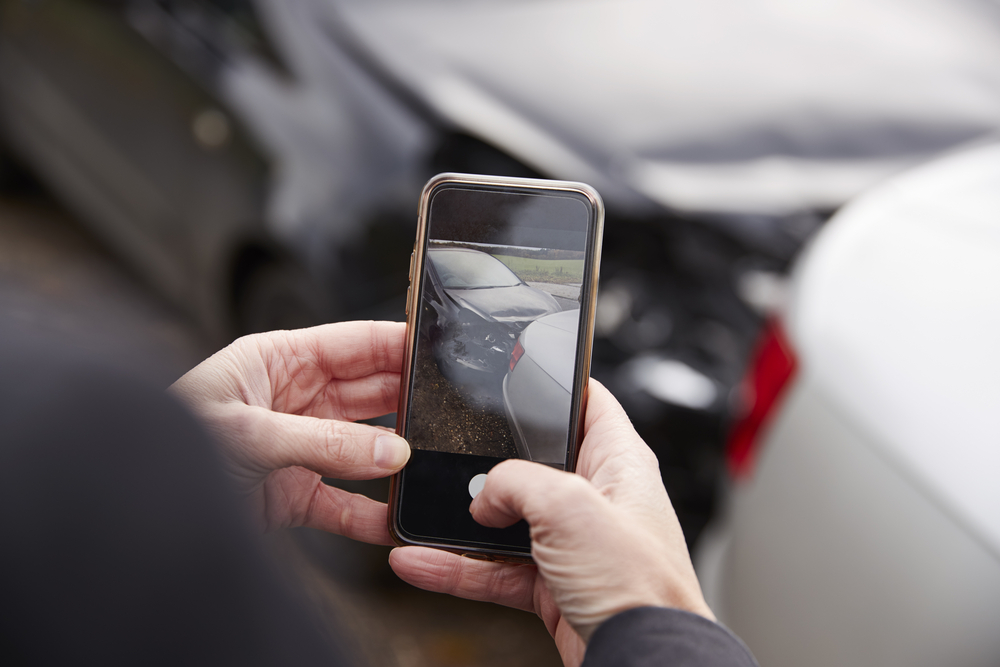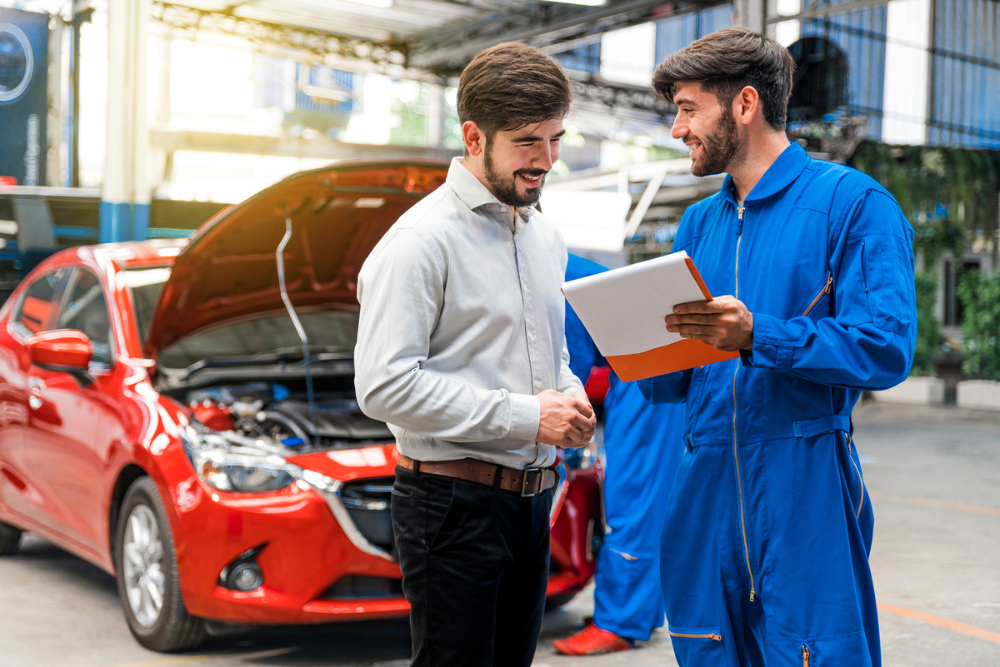Automobile accidents are an unfortunate reality that comes with driving a car, and collisions can occur from different angles, such as the front or rear of a vehicle. Each type of collision presents unique challenges for repair technicians, as the impact points and damages differ significantly. In this blog post, we will explore the differences between front-end and rear-end collision repairs, highlighting their distinct characteristics, repair processes, and potential implications for vehicle owners.
Front-End Collision Repair
Front-end collisions typically occur when a vehicle collides head-on with an object or another vehicle. These accidents often result in substantial damage to the front of the vehicle, including the hood, bumper, grille, headlights, and engine components. The impact may also affect the suspension, frame, and alignment. Most commonly, drivers find that their vehicle’s entire driving system has been damaged, including the CV axles, drive shaft, and transaxle. Since these pieces cannot usually be straightened, they must be replaced.
Repairing a front-end collision involves a comprehensive assessment of the damage, often starting with a thorough inspection to identify structural issues. The repair process may include:
Disassembly
The damaged components are carefully removed to evaluate the extent of the damage and assess the underlying structures. Disassembly could be necessary because there may also be hidden damage from a front end collision that you may not be able to see at first, including (but not limited to); Transmission damage, engine damage, or even suspension or frame damage.
Structural Repairs
If the frame or core structures are compromised, specialized equipment is used to realign or replace damaged parts to restore the vehicle’s structural integrity.
Component Replacement
Damaged parts, such as the bumper, grille, hood, headlights, and radiator, may need to be replaced to ensure proper functionality and aesthetics.
Mechanical Repairs
The collision might affect mechanical components, such as the steering, suspension, or braking systems, which require a thorough inspection and repair.
Paint and Finishing
After all repairs are complete, the vehicle is primed, painted, and finished to match the original color and appearance.
Rear-End Collision Repair
Rear-end collisions usually occur when a vehicle is struck from behind by another vehicle. The damages in such accidents primarily affect the rear section of the vehicle, including the trunk, rear bumper, tail lights, and sometimes the rear frame.
The repair process for rear-end collisions typically involves:
Assessment and Disassembly
The damage is assessed, and the affected components, such as the rear bumper and trunk, are carefully removed to evaluate the underlying damage.
Structural Repairs
In severe cases, where the rear frame or other structural elements are damaged, repairs may be necessary to restore the vehicle’s integrity.
Component Replacement
Damaged parts like the rear bumper, tail lights, and trunk may require replacement to ensure proper functionality and aesthetic appeal.
Bodywork and Finishing
Skilled technicians meticulously repair and restore the damaged areas, preparing them for painting and finishing to match the original appearance.
Which Causes More Damage—Front-End or Rear-End Collisions?
Generally, front-end collisions tend to be more damaging (and deadly). Even head-on collisions done at lower speeds can end up totaling your vehicle. On the other hand, read-end collisions are usually caused by one moving car crashing into the rear of one at a stop light. Since the vehicle that has been hit is not moving, the force behind the moving vehicle is not as catastrophic.
That said, both collisions will cause problems, not matter how small the accident. The type of collision and the subsequent repairs can have various implications for vehicle owners, including:
- Safety considerations: Both front-end and rear-end collisions can impact the safety systems of a vehicle. It is crucial to have all safety features, such as airbags and sensors, inspected and restored to their optimal condition.
- Resale value: Properly repaired front-end or rear-end collisions can help maintain a vehicle’s resale value. However, inadequate repairs or visible signs of damage can significantly impact its market worth.
- Insurance claims: Understanding the differences between front-end and rear-end collision repairs can help vehicle owners navigate insurance claims more effectively. Having a clear understanding of the damages and repair requirements can ensure accurate estimates and coverage.
- Alignment and drivability: Front-end collisions can affect the alignment and drivability of a vehicle. Proper alignment and calibration are necessary to ensure smooth handling and prevent additional wear on tires and suspension components.
Choose Elmer’s Auto Body For Your Collision Repairs
When it comes to front end collision damage versus rear end collision damage, it is clear that both types of accidents require specific expertise and techniques to restore the vehicle to its pre-accident condition. Whether it’s the extensive damage to the front end caused by a head-on collision or the rear section affected by a rear-end collision, professional repair services are crucial to ensure safety, functionality, and aesthetics.
Elmer’s Auto Body has over 75 years of experience in repairing both front-end and rear-end collision damage. Our highly skilled technicians have the knowledge and expertise to handle your vehicle with careful precision. We also pride ourselves in being a certified collision repair center for many popular manufacturers, including Kia, Hyundai, and Tesla. By relying on Elmer’s, the best body shop in New Jersey, you can have peace of mind.
Furthermore, Elmer’s Auto Body understands the importance of safety and ensures that all safety systems and components are thoroughly inspected and restored to their optimal condition. Our team also prioritizes alignment and drivability, ensuring that vehicles handle smoothly and are safe to drive after repairs.
Let’s restore your vehicle to its former condition. Give us a call today or send us a message online to schedule your appointment.







